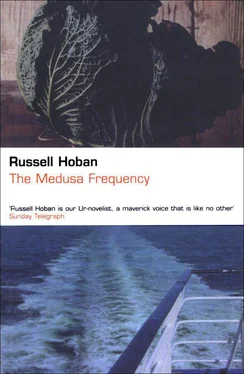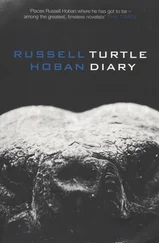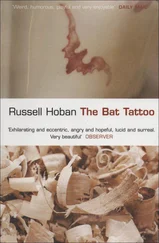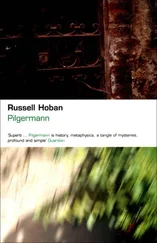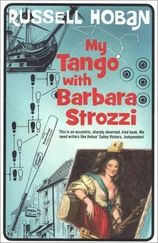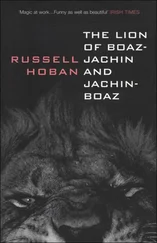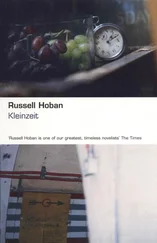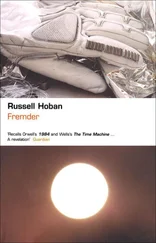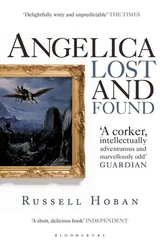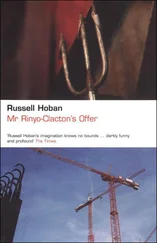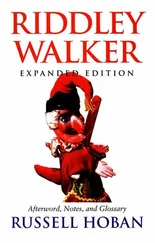‘What?’ I said. ‘What are you saying?’
Come and find me, said the Vermeer girl.
Liverpool Street at night is a darkling place; it darkles. Out of the dimness stare the red and yellow illuminated signs of the JAZZ BUFFET AND BAR, of CIGARETTES AND SWEETS. In the dimness under the fluorescent lights at the ticket barriers travellers manifest themselves halfway between chiaroscuro and silhouette. There is a general echoing of rattling and rumbling, there is a dark and stertorous clamour. The Harwich train will leave at 1940 from Platform 9.
I’d gone to Orpheus Travel in the Fulham Road but it was shut down; BILL STICKERS WILL BE PROSECUTED, said a sign on the window. Behind the window there were only scattered papers on a dusty floor. I bought my ticket at Thomas Cook in Harrods.
As the train pulled out I was astonished to see how many illuminated clockfaces looked out of the station into the night. I didn’t count them; I was strongly satisfied by them, that in the hurrying past of the uncelebrated moment these heralds were yet present to trumpet silently with their luminous faces all departures, all arrivals.
The train wheels, now authorized to take up their song of distance, clacked and clattered their traditional shanty of miles. The unseen boat not yet arrived at, the dark sea waiting, these already lent significance to the travellers on our train; everyone looked interesting.
An ordinary mirror is silvered at the back but the window of a night train has darkness behind the glass. My face and the faces of other travellers were now mirrored on this darkness in a succession of stillnesses. Consider this, said the darkness: any motion at any speed is a succession of stillnesses; any section through an action will show just such a plane of stillness as this dark window in which your seeking face is mirrored. And in each plane of stillness is the moment of clarity that makes you responsible for what you do.
Consider this, said the train wheels, repeating the message tirelessly moment after moment on the miles of cold iron that lay shining in the dark that led to Harwich and repeating face on face the faces reflected in the windows. Harwich achieved, the windows became empty of faces.
Signs pointed to LADIES, GENTLEMEN, SHIPS. My passport was stamped; with the other seagoers I went up an escalator and along a glassed-in passageway from which we could see the hinged shell of the stern of the Prinses Beatrix lifted to receive a stream of cars.
Having climbed the gangway and been directed by stewards to our cabins we then moved haltingly on such stairways as offered until the number on a door matched the number on a piece of paper in one’s hand. People stood in little knots of bafflement, then disappeared.
In a little while I reappeared in the self-service restaurant, sitting at a table with my notebook, a ham sandwich, and a bottle of beer. An illuminated clock on the quayside looked in through the glassed-in side of the restaurant. The glass was steamed up and dropleted, and on this misty surface appeared a show of moving quayside shadows as the ship cast off its moorings and eased out into the North Sea. In the bright light of the restaurant people ate and drank as the geometric shadows stroked past on the whiteness of the foggy glass.
The whiteness and the shadows withdrew from the glass as the Prinses Beatrix moved out. Night showed itself above the receding quayside and its many clustered bluish-white lights. Between us and those lights appeared a widening watershine. Bluish-white and yellow lights slid rearward; cranes and gantries, booms and cables and other marine articulations offered their detail growing smaller, smaller.
Actually, said the bluish-white lights, said the yellow, there is no place whatever, no place at all. We have told you this before in topographies of emptiness and on the roads of night, you have known it looking out of strange windows. You have always known it.
No, I said, I don’t know that. I’m not ready to know that. I have always found place, I have always had places. Death as it follows me takes away one place after another; sometimes it’s like the breaking of a string of beads; the beads all rattle on the floor, some roll into dark corners. But my places are not yet all gone.
Night and distance occupied the ship, hummed in the hollowness of it, throbbed in the engines of it, drove it like a line across a screen. I wondered if the Kraken felt the tremor of it, wondered if the blind and questing head of Orpheus swam before it, cleaving the darkness ahead of the bow wave and the marbling white wake that widened and vanished in the night. Certainly this night passage sang in the olive tree.
The train for Amsterdam, chic in yellow paint with blue blazons, stood ready just outside the customs hall. With other travellers I got into it and looked out of the window at a dark tower that lifted its head above some trees and showed an illuminated clockface. On the window that I looked through there was, instead of a crossed-out cigarette, a crossed-out bottle. What a good idea to cross things out on windows, I thought. What a convenience.
The sky as it grew lighter showed itself to be a good firm northern before-dawn sky. A resigned-looking man opposite me, very small, very moon-faced and eastern, put a black-cased radio-cassette recorder carefully between his legs like a shrine, extended the antenna, put on headphones, and sank back into the whispering of the news in his head.
The carriage filled up with people, rucksacks, and suitcases; the train stood motionless; it was not due to move for another hour. The sky grew more and more pale and more and more by-the-sea. There were dark blue streaks in it now and a few scattered marine-looking clouds. Across this paling sky flew the black shapes of silent gulls. Over the electric railway stretched a precision of gantries and wires. Between the train and the dark tower of the clock there was lifted up the black shape of a hammer-headed crane. It swung round and moved out of sight. A white light appeared above the trees. From the head of the moon-faced eastern-looking man issued tiny compressed Mozart. The sky was now dove-grey and altogether marine in its character.
At 0730 the train moved. We passed bulldozers and tractor shovels impassively moving earth, we passed cattle standing in quiet pastures while the mists of dawn rose round them. We passed sheep, blocks of flats, canals with perfect little bridges, and black ducks on silver water. There was no darkness to mirror our faces; our eyes looking out saw such world as framed itself in the windows with the crossed-out bottles.
In due course the train arrived at the beautiful Pieter de Hooch-looking red-brick station in The Hague. According to my books the Vermeer girl was at the Mauritshuis, but when I bought a map the newsagent told me that the Mauritshuis was closed for renovation and the paintings were to be seen at the Johan de Witthuis, which he marked for me.
A little after nine o’clock I arrived at the Johan de Witthuis, which did not open until ten o’clock. By that time I was longing for the conveniences as well as for the Vermeer girl. There were no signs anywhere that said anything like HERREN, no bifurcated pictographs. Until ten o’clock I walked up and down looking at shop windows and wondering whether a preoccupation with dikes had made the Dutch constipated.
When the doors opened I paid my admission and bought an illustrated catalogue on the cover of which was Vermeer’s View of Delft. I said to the man at the desk, ‘Are all the paintings from the Mauritshuis here?’
‘No, only the ones in the catalogue.’
‘But the Vermeer, the Head of a Young Girl, that’s here, isn’t it?’
Читать дальше
